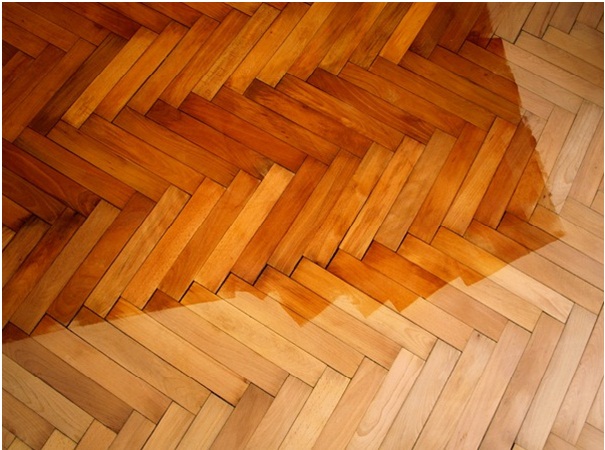Most people associate the term “parquet floors” with wooden blocks, but the term is equally applied to patterns made with veneer overlying an under-floor or to flooring constructed in ceramics or other materials. The criterion is that designs consist of geometric shapes in a repeating pattern.
Parquet patterns, of which there are many variations – including chevrons, herringbone, squares, and hexagons – have remained popular for more than 300 years, but parquet floors have become less common in practice. This is because blocks were arduous and therefore expensive to lay, and when they aren’t laid properly, they soon start to lift and wobble or wear unevenly and become a tripping hazard. It’s important that the surface is well prepared and extremely level and that the blocks are fitted together as tightly as possible so they resist loosening movements in all directions.
Modern Alternatives
The modern availability of good-quality veneers, laminate tiles and engineered wood flooring has created opportunities for traditional patterns like parquet to make a comeback. Building up your pattern using these materials is substantially easier and cheaper than fitting the more traditional solid wooden bricks. You can even elect to use a tile that already has a parquet pattern imprinted into its surface.
Using Engineered Woods
Engineered flooring is now available in many different sized boards, but both small and large ones can be arranged in diagonal or parquet patterns instead of just being laid parallel to walls and perpendicular to joists. You could create your parquet or other patterns from boards with contrasting finishes; check out the selection at sites like http://www.ukflooringdirect.co.uk/engineered-wood-flooring.
Whether you use traditional wooden blocks or some form of engineered wood flooring, make sure it’s sourced from sustainably managed forests. Remember to look for the logo of the Forest Stewardship Council.
Which Material Will Last the Longest?
The answer to this depends upon what you have in mind. Some traditional parquet floors are centuries old, but during that time they will have been re-surfaced, replaced and repaired many times. Modern engineered woods have reasonable durability and are easily lifted and replaced at a low cost if it becomes necessary. Parquet created from veneers will depend upon the quality of their substrate and how well sealed they are. Repairs are a little more tricky but no worse than traditional blocks.
